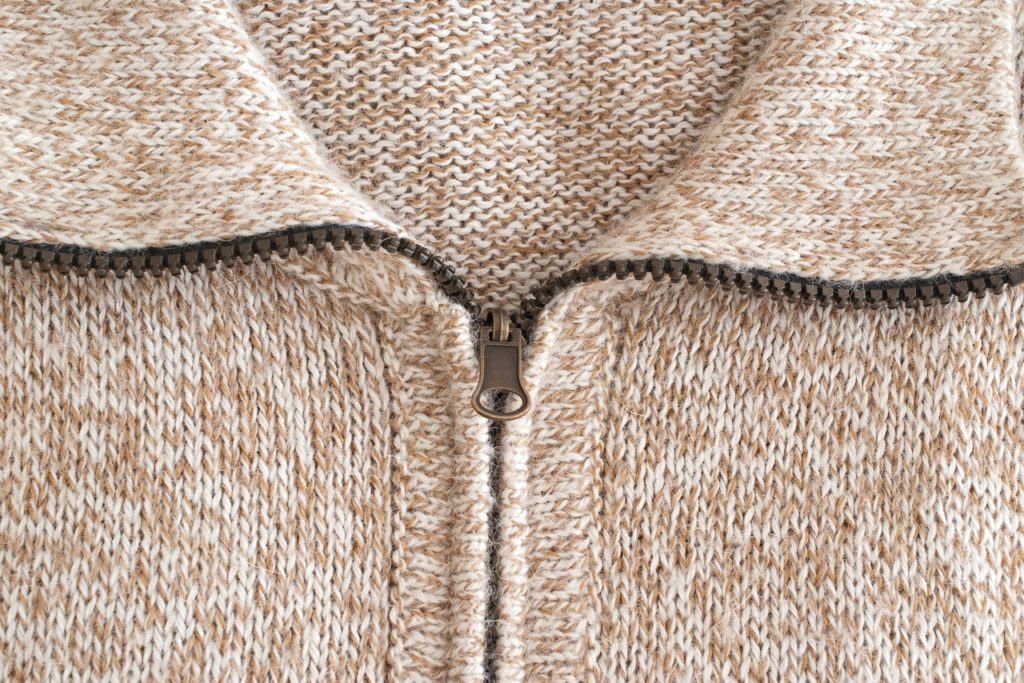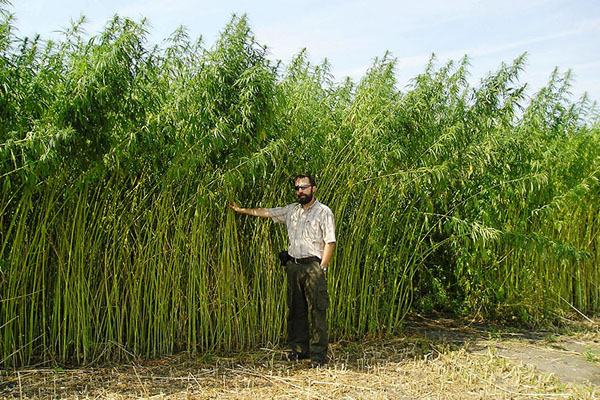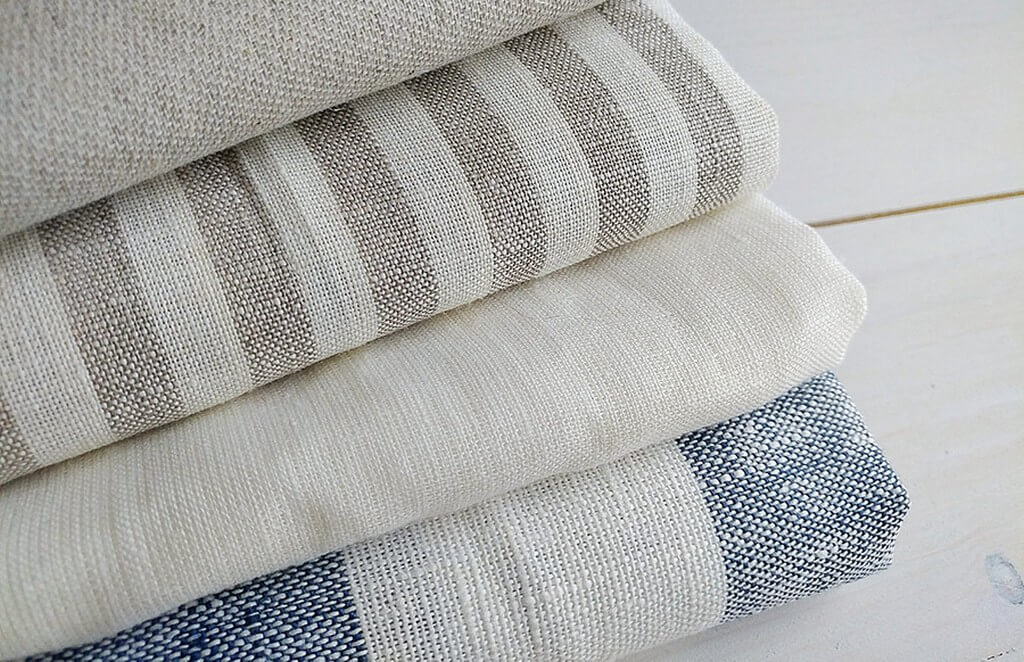Great Suggestions To Choosing Bamboo Clothing
Wiki Article
What Are The Advantages That Hemp Clothing Made Of Low-Impact Fibres Can Offer The Environment.
Low impact hemp clothing is much more eco-friendly than clothing made out of synthetic fibers. Hemp clothing has a variety of environmental benefits. It is a rapid-growing crop that uses less water, pesticides or herbicides in comparison to other crops. Hemp thrives in all climates. It can also be adapted to soil varieties.
Hemp is a plant that uses less water than cotton. Cotton is, however is known for its water-intensive nature. It makes hemp a more efficient choice for production of clothing.
Hemp is able to grow without herbicides or pesticides. In a lot of cases this can reduce the impact on the environment of chemical agriculture.
Hemp can aid in improving soil health thanks to its roots that are deep which stop erosion and compaction. Hemp cultivation also enhances soil fertility for future crops.
Biodegradability Hemp fibres are biodegradable, and break down over time. They help reduce the environmental impact of textile waste. Synthetic fibers like polyurethane can require a long time to break down.
Low Carbon Footprint - Hemp fibers have a lower carbon footprint than synthetic materials. Furthermore, hemp is able to take in carbon dioxide during its growth and act as a carbon storage.
Hemp clothing's durability and long-lasting are widely known. Good quality hemp clothing lasts for many years, which reduces the need to replace them frequently.
Hemp plants show natural resistance against many pests. Chemical pest control is not necessary.
Hemp is a versatile material that can be used to make bags, clothes or accessories.
Regenerative Agriculture - Some sustainable farming methods incorporate hemp into the regenerative system that aims to improve and restore ecosystems while also producing crop. This approach has positive environmental benefits.
It's important to note that although hemp has many environmental benefits, the overall sustainability of clothing also depends on other factors like the dyeing process, transportation and consumer behavior. As with any industry there are differences in production methods and standards. It's essential to pick organic, sustainable or certified organic clothing for the greatest environmental benefits. View the top hemp clothes info for website tips including hemp sweater, wholesale hemp fabric, hemp shorts mens, jungmaven sweatshirt, hemp shirts, patagonia hemp vest, hemp button shirt, hemp tee shirts, hemp pants womens, hemp shorts patagonia and more.

What Is It That Gives Hemp Fibers Their Moisture-Wicking, Breathable And Thermoregulatory Qualities?
Hemp is a unique material with distinct structural and chemcial characteristics that make it breathable, moist-wicking, thermoregulating, and wicking capabilities. These characteristics are a result of the following elements. Microscopical structure Hemp is distinguished by being a porous, hollow fiber that allows air flow through it. This porosity make them extremely ventilated. This structure, when weaved or knitted, allows air to circulate, encouraging ventilation, and preventing the accumulation of heat and humidity against the body.
Hemp Fibers Absorb Moisture and Wicking- Hemp fibres are hydrophilic. This means they are affixed to water. They can also easily absorb moisture. The hemp fibers absorb sweat, moisture, and prevent the feeling that your skin is wet. The fibers of hemp are also effective at dispersing moisture from the body and permitting it to evaporate faster. The hemp's moisture-wicking properties ensure that you stay dry and comfortable while doing exercise or during hot weather.
Thermoregulation Hemp fibers possess natural insulating properties. They can hold heat close to the body when it's cold, providing warmth. When temperatures are hot, they allow heat and moisture to be released. This helps to cool the body. The thermoregulatory capacity inherent to hemp makes it suitable for clothing used in a variety of conditions and temperatures.
Anti-Microbial Properties- Hemp fibers have natural antimicrobial qualities that aid in preventing the growth of bacteria that cause odor. This contributes to the freshness and resistance to the odor of hemp clothing in periods of physical exercise.
Hemp fibers have a long lifespan and are durable. That means hemp clothing is able to endure repeated washing and wear without loosing breathability or losing moisture-wicking properties. The durability of hemp clothing allows it to last longer, which reduces the need for replacing them and, therefore, the impact on the environment.
UV Protection- Hemp fibers provide a amount of natural UV protection, protecting the skin from harmful ultraviolet radiation. The UV blocker adds the versatility of hemp clothing and makes it suitable for activities outdoors.
This is important to know because these qualities are intrinsic and not dependent on chemical treatments. Hemp's natural characteristics create a sustainable and a comfortable fabric, particularly for activewear, outdoor clothes and warm-weather clothing. Additionally, these qualities are maintained even when hemp fibers are processed and woven into fabric that make them an ideal choice for environmentally friendly and functional clothes. Read the recommended https://www.koraoutdoor.com/collections/hemp for more info including hemp shirts mens, hemp shorts patagonia, nomad hemp wear, hemp button shirt, hemp jeans, hemp swimsuit, patagonia ranch jacket, hoodlamb coat, hemp and cotton fabric, american made hemp clothing and more.

What's the main difference between hemp fiber and bamboo fibre?
Two distinct fibers, hemp and bamboo both are utilized in textile production. Each is unique and comes with its own advantages and distinct characteristics. These are the main differences between hemp and bamboo fibers- 1. Plant Source-
Hemp- Hemp fibres are constructed from the bast of the stalks. Hemp is a pliable and fast-growing plant that has been cultivated for various uses over the centuries.
Bamboo Fibers of Bamboo are made from the bamboo pulp plants. Bamboo is a fast-growing species of grass that is known for its rapid renewal and durability.
2. Fiber Characteristics
Hemp- Hemp is known for its strength and durability. They're one of the strongest fibers found in nature and get softer each time they're cleaned, so they're great for creating textiles.
Bamboo fibers can be silky and soft. While they might not be as sturdy as hemp fibers and may be more fragile in some cases but their softness to the skin is highly appreciated.
3. Texture, Feel and Look-
Hemp Fabric- Hemp is a fabric with a texture and a rougher feel in its initial state. It can be comfortable however it has a different texture compared to bamboo.
Bamboo The bamboo fabric is soft silky and incredibly soft. It's described as feeling like a mix of silk and cotton, making it very comfy to wear.
4. Dryness and Breathability-
Hemp Fibers- Hemp fibers absorb moisture and are naturally breathable. They can help keep your body dry and cool in hot weather.
Bamboo Fibers- Bamboo fibres are known for their a high amount of breathability as well as moisture wicking. Micro-gaps inside the fabric improve the ability of bamboo to regulate temperature and moisture and allow you to remain at ease in all conditions.
5. Environmental Impact-
Hemp Hemp is a type of fiber that is considered to be eco-friendly due the fact that it needs very little water, grows rapidly and has a good resistance to pests. It also decreases herbicide and pesticide usage. Hemp can also eliminate carbon dioxide from atmosphere as it grows.
Bamboo- Bamboo is known for its environmental sustainability. It grows rapidly, requires minimal water, and can be grown with no chemical herbicides or pesticides. Some bamboo varieties, like Moso bamboo are highly ecological.
6. Processing-
Hemp- Hemp fibers require extensive processing to separate the outer bast fibers from the woody core. Processing may involve the process of retting (decortication), mechanical separation, or the process of retting.
Bamboo fibres- Bamboo fibres are usually obtained by an enzymatic process known as the viscose or rayon process. This is the process of breaking down bamboo pulp by using chemical. Certain bamboo textiles, however, use closed-loop processes to minimize the amount of chemical waste.
7. Versatility-
Hemp- Hemp fibres can be used for a range of purposes, such as clothing, textiles, and paper. They also make great building materials.
Bamboo The bamboo fibres are used primarily in clothing and textiles however they can be seen in other products like bedding, towels and even towels.
Summary Both bamboo and hemp have distinct advantages and are sustainable. The decision between them is based on the specific qualities and characteristics you want in a product made of textiles and your environmental preferences. Check out the top bamboo clothes url for more recommendations including bamboo bed clothes, bamboo chafing shorts, bamboo trousers women, bamboo sun hoody, bamboo shorts mens, bamboo t shirts mens, bamboo yoga leggings, boody clothing, bamboo shirts wholesale, bamboo sweater and more.
